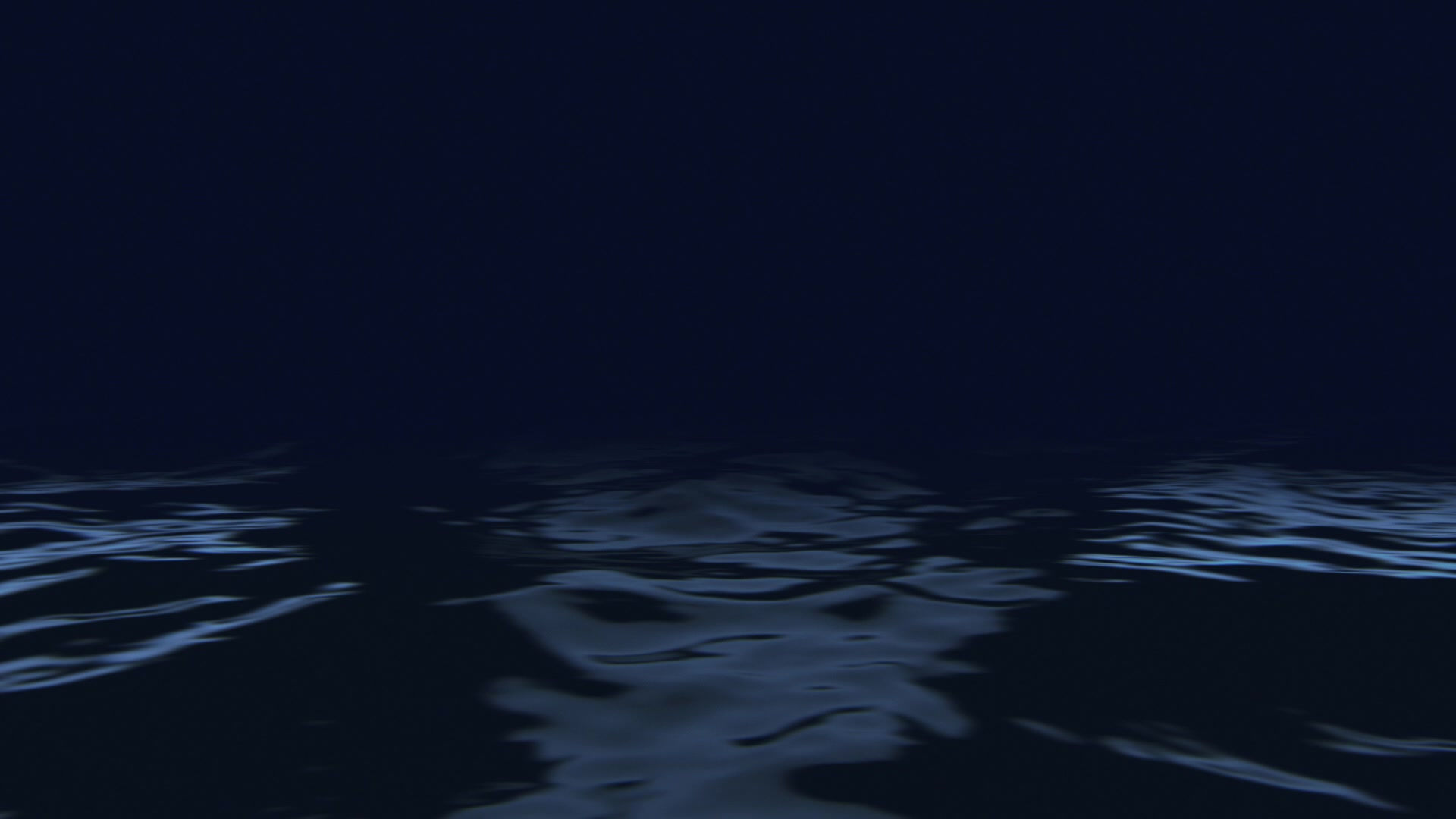
Cybernetic Futures
Online Art Exhibitions
Gaia - Mysterious Rhythms
Screen Dance
TRAILER - Watch the Film on Vimeo
Created, Directed and Choreographed by Lila Moore
Release year 1999
Gaia – Mysterious Rhythms, created, directed, and choreographed by Lila Moore, is a screendance-ritual performed by a young woman on the seashore. The dance unfolds as a rite of passage and transformation through the woman's interaction with the natural elements: the rhythms and forms of the earth, sea, moon, and sun.
Formally, Gaia (short title) explores screen choreography, or screendance, through a subtle, poetic, and reflective interplay between images of the body and the environment.
In terms of content, the woman’s performance provides a source of metaphorical and archetypal imagery that emphasizes the intricate relationship between body, psyche, and the world.
Dr. Lila Moore holds a PhD in Dance on Screen from Middlesex University (2001), which was the first practice-based PhD in Dance on Screen in the UK and globally, dedicated to the innovative art form of screen choreography, known today as screendance. The film and accompanying written texts are suited for academic programs related to screendance, screen-based art forms, spirituality, feminism, Jungian psychology, holistic movement-based therapies, arts-based research, transpersonal studies, and technoetic arts.
Gaia – Mysterious Rhythms was selected for screening and exhibition by the IMZ at the 7th international competitive festival for dance films and videos, Dance Screen 99 in Cologne, Germany, and at the Dance on Camera Festival in New York in 2000. It has been screened and discussed in numerous cultural venues worldwide.
The video is a recording of a talk by Dr Lila Moore, a unique exploration of the often-ignored aspects of aesthetics, the esoteric-occult, the symbolic, and the motivation behind the drive to innovations and the making of novel art forms. As mentioned, this presentation does not discuss the technical and aesthetic aspects of editing and choreographing for the screen. As briefly mentioned in the talk, editing is like dance and music notations, determining the rhythms of any screen-based piece. Moreover, as June remarked, speaking about non-verbal art forms in which words are not meant to replace or translate images and movements is challenging. It brings to mind Isadora Duncan's words: "If I could tell you what it meant, there would be no point in dancing it.
The talk took place in April 2024 as part of Spiritual and the Arts Special Interest Group of the International Network for the Study of Spirituality.
The talk was introduced by the esteemed Prof. June Boyce-Tillman MBE, a leading British academic with a profound understanding of music, spirituality, and theology, particularly women's role in church music. Her expertise as a Professor of Applied music at the University of Winchester and an ordained deacon and priest of the Church of England brings a wealth of knowledge to our events.
"Thank you for informing us, exciting us, and inspiring us. Lila, it was a wonderful example of how to present material, which as you rightly say, and as I often say, why would I write it in music if I can say it in words. And this is often the question around all artistic presentations. But to be able to speak so beautifully about it, I think it was extremely well done with the wonderful images. So I think all of us here, are very very very grateful to you for an inspirational presentation! "
Professor June Boyce-Tillman
You are a beautiful visionary; thank you for sharing this compelling work.
Reem Khashou, Master-level fitness and wellbeing coach, MSc student
Your presentation was amazing. I really loved it! So many dimensions, art forms, symbols and messages all rolled into one beautiful piece.
Sian Brown, MSc (Musician, singer, and music therapist
The artist's monograph, Screen Dance as Rite of Passage, is based on Dr. Lila Moore’s PhD thesis, Dance on Screen (Middlesex University, 2001). Her thesis posits that dance on screen is a hybrid art form with distinctive screen-based aesthetics. In this monograph, she demonstrates through detailed study the capacity of screen dance to function as a ritualistic art form. The text explains how screen dance can reveal the imaginal realms of the psyche, aiming to holistically bridge and heal the divide between body and psyche, as well as between body, psyche, nature, and the artificial, technological world. The analysis within Screen Dance as Rite of Passage is based on the film Gaia – Mysterious Rhythms, which Dr. Moore produced as part of her practice-based PhD.
Gaia – Mysterious Rhythms is a screen dance ritual performed by a young woman on the seashore. The dance unfolds as a rite of passage and a process of transformation through the woman's interaction with elements of the natural environment: the rhythms and features of the earth, sea, moon, and sun. Formally, Gaia (short title) explores the concept of screen choreography (or screendance) through a subtle, poetic, and reflective interplay between images of the body and the environment. In content, the woman’s performance is seen as a source of metaphorical and archetypal imagery, highlighting the intricate relationship between body, psyche, and the world. Gaia illustrates processes of transformation, self-integration, and empowerment related to female and feminine identity. Additionally, it analyzes spiritual, noetic, and imaginal realms, including ancient symbols and archetypal forms, through non-verbal visual poetry and the fusion of dance and film.
The monograph is especially suitable for students, scholars, filmmakers, dancers, and choreographers. It will be of particular interest to those engaged in women’s spirituality, occult and goddess studies, Jungian psychology, transpersonal studies, arts-based research and movement-based therapies. It includes detailed explanations and visual illustrations, along with links to the film, related content, and valuable references.
The monograph is free to read on Amazon Kindle Unlimited
Get it on Amazon.com Amazon.co.uk and Worldwide

